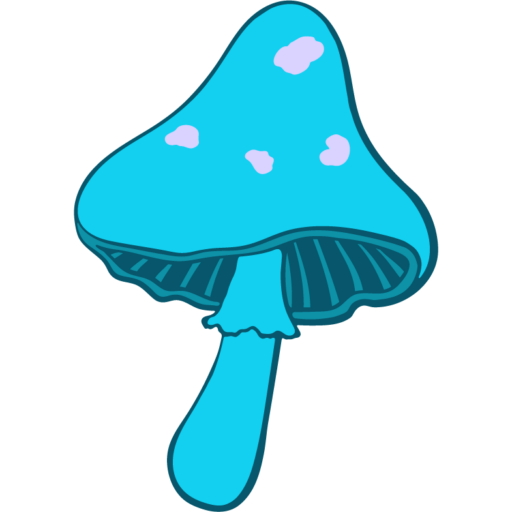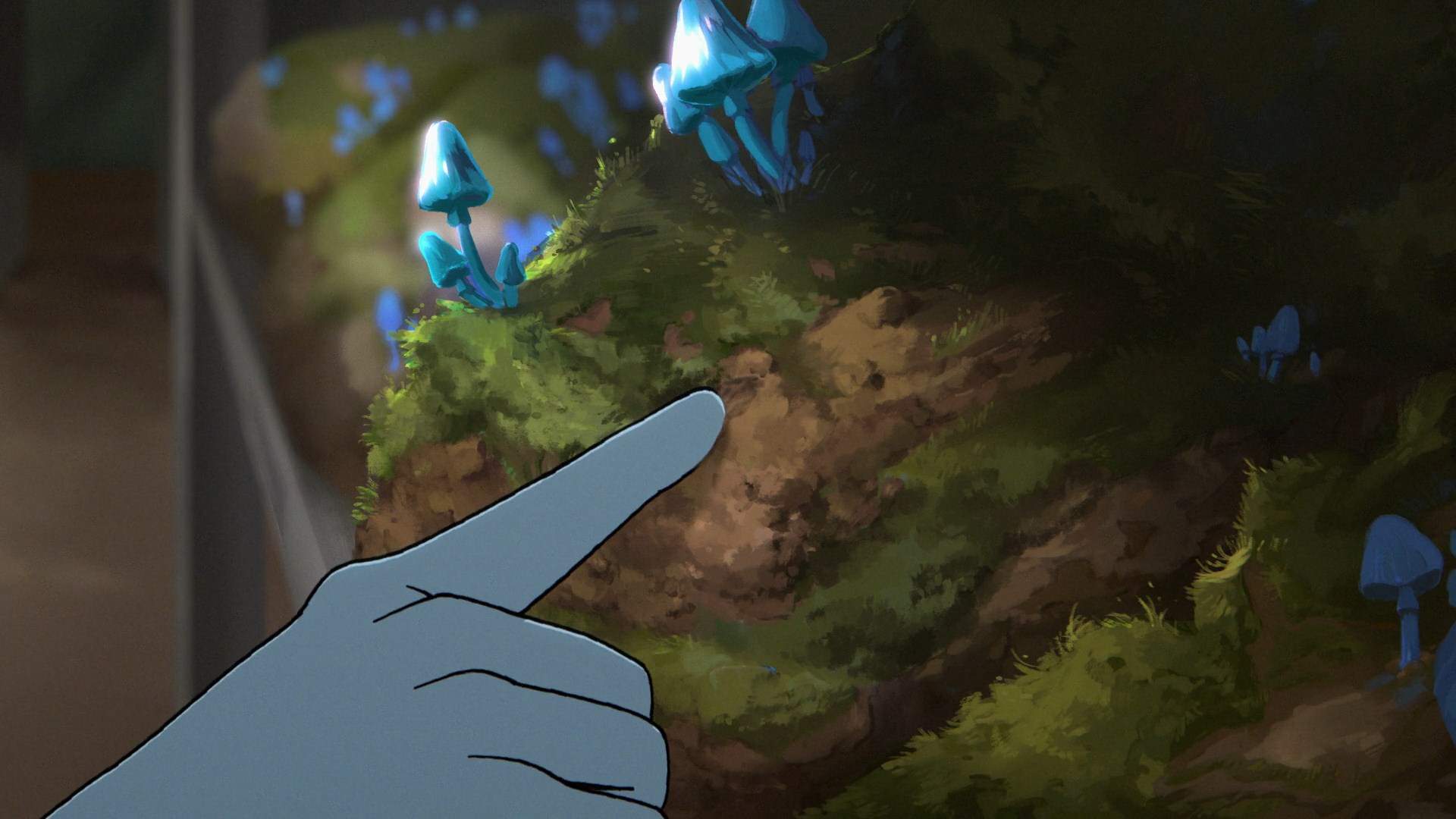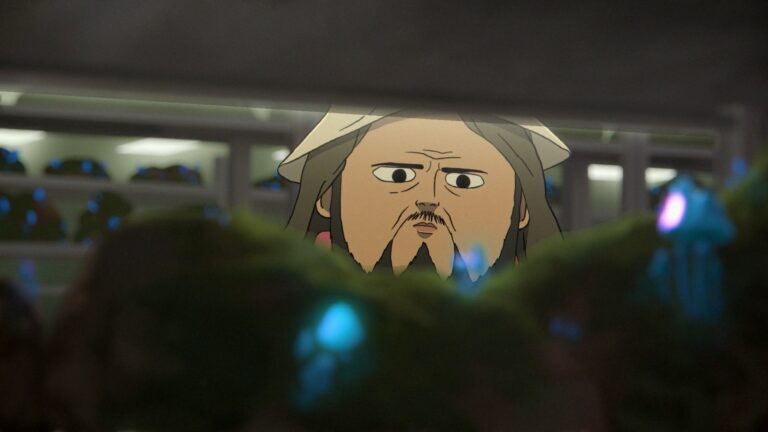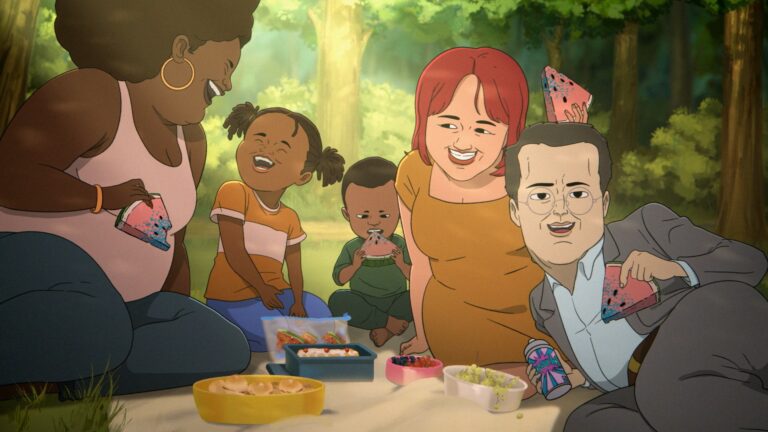If you’ve watched “Common Side Effects” and did not get chills when those Blue Angel mushrooms started pulsing to life, are you even watching the same show? The audio design in this series doesn’t just tickle your brain — it pries it open, pours in a neon cocktail, and invites you to take a swig. Mystery, magic, migraines, and mushrooms, all wrapped up in a soundscape that basically vibrates off the screen. But let’s dig into how the show’s sound sorcerers, like Kenny Kusiak and the spellbinding Odeya Nini, gave the Blue Angel fungus its voice, some wild attitude, and a whole lotta mystique.
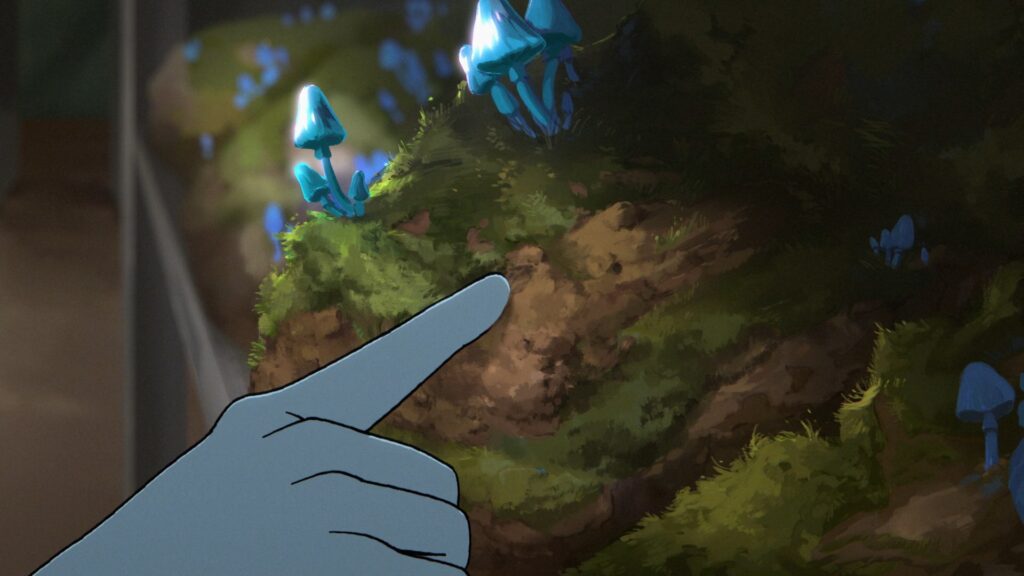
How Do You Make a Mushroom Sing? The Wild World of CSE’s Audio Team
First things first, you have to tip your hat to series creators Joseph Bennett and Steve Hely. They’re not satisfied with surfaces — they want total immersion. When they assembled their crack audio crew, led by composer Nicolas Snyder and sound designer Kenny Kusiak, they didn’t just request a few mystical tones or garden-variety swooshes. Nope. They demanded that viewers feel every hallucination, migraine, and mindwarp.
So, how exactly do you turn a fungus into its own main character? Well, you don’t start with a synthesizer. You start with a stethoscope and a massive dose of curiosity.
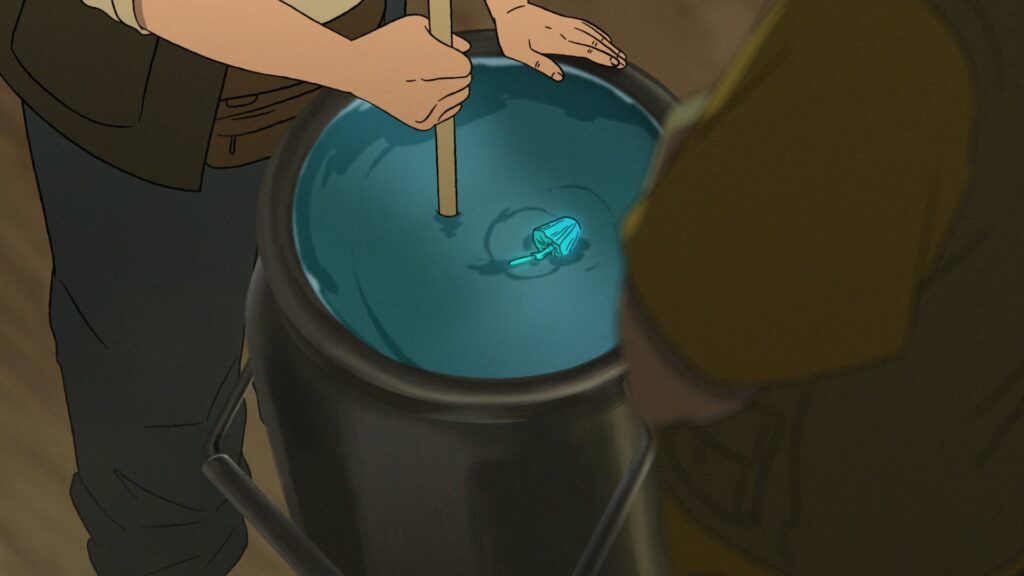
Pulse Check: Migraine Mayhem in Your Ears
“Common Side Effects” doesn’t shy away from discomfort — quite the opposite. For those infamous migraine scenes, Kusiak and crew went full-on Mad Scientist.
- They grabbed a stethoscope-style microphone.
- Someone volunteered their actual heartbeat. Cheers, mystery hero!
- Pitched down, layered, turned up wet with sound effects — now you’ve got migraine-pulse audio.
- That’s just the baseline. Toss in loops of shallow breathing and that nasty, high-pitched tinnitus ring — suddenly, the pain feels so real you want to look for aspirin.
Every time Marshall clutches his head, you know exactly why, because you feel it skittering across your skull too.
Hallucination City: Reverse Whispers, Twisted Noise, and Cassette Tape Dreams
But let’s be honest, migraines are just the appetizer. When the Blue Angel hits and reality goes sideways, the audio wizards let their weird flags fly.
Kusiak, Snyder, and the rest of the team break out the really good stuff:
- The cast secretly records dialogue lines.
- Then, they flip those lines — literally. Played backward, filtered, chewed up, spat out — nothing sounds like human speech anymore.
- Analog synthesizers enter next, patched through gnarly chains of old-school guitar pedals. These get recorded onto battered cassette tapes, then stretched and slowed until the result sounds like an alien moan echoing from another dimension.
- Just when you think they’re done, they sneak in a deep, rumbling sub-bass. Not just any rumble — these are real seismic sounds, nabbed from recordings of mini-earthquakes. Stick that in your headphones and try to sit still.
As you watch Marshall spiral, the noise spirals too. It’s dizzy, layered, and strangely beautiful, because the chaos always has a purpose.
Watch Out: Spores Incoming!
Who can forget those spore bursts? They’re both a technical achievement and an absolute trip.
Instead of piping in some random sci-fi whoosh, the sound artists get granular. The process here is a little wild:
- Fine sand, carefully funneled through paper cones.
- Balloons released for that telltale airy pop.
- High-gain mics to scoop up every crackle.
- Record, slow down, play back in reverse — wait, there’s more.
- Add delicate glass chimes, plus the world’s most sinister celery snaps for a fast, bright crack effect.
Mix everything together, and you get a sound that’s simultaneously sparkly, ominous, and alien — because mushrooms in CSE aren’t cute, they’re loaded and lethal.
Building a Universe, One Hum at a Time
Of course, trippy moments make the highlight reel, but CSE nails the subtler stuff too. Ever notice how even when things look quiet, they feel just a little off?
Here’s why:
- Marshall’s apartment comes alive with background clocks, a purring cat, and muffled neighbor footsteps. Smuggled-in weirdness — the crew actually shifts the pitch so things feel uncanny, even cozy moments get edge.
- Boardrooms buzz with superfine HVAC noise. There’s a humming tension, plus a faint squeak — like shoes on new linoleum dialed down to the threshold of hearing. Kusiak admitted in a recent Reddit Q&A that some of the boardroom soundscape comes straight from recordings at…a dental office. Apparently, nothing says corporate dread like the hum of tooth polishers.
All those quiet details swirl together, building a sound-bath that turns ordinary scenes into oddball riddles.
Descent into Reverie: Odeya Nini Unleashes the Blue Angel
Now, let’s talk about the voice of the Blue Angel itself. This is where vocalist/composer Odeya Nini steps up and knocks it out of the park.
For Episode 3, the team wanted the mushroom’s presence to crash straight through the screen. Enter “Blue Angel (feat. Odeya Nini).” Her work isn’t just background vocalizing — it’s practically spiritual possession, echoing with longing, confusion, and that “oh no, am I dissolving?” sensation.
Director Alex Ramos called it “the show’s invitation to emotional and physical distortion.” You know that feeling when your skin buzzes and suddenly every color is too bright? That’s Odeya’s voice, dancing across the spectrum. Ravishing and unsettling. Even without lyrics, her swirling ululations pull you deeper. Are those harmonies warmth or warning? Yes.
Nini’s vocals get run through every bit of sound mangling gear the engineers can muster — reverb for days, reverse echoes, digital flangers, you name it. As a result, her performance floods the trip sequence, chattering in Marshall’s mentor’s head, making the supernatural feel shockingly personal.
Tricks Behind the Curtain: True Confessions from the Sound Booth
You just know the audio team had stories. Turns out, they do.
- During a fan Q&A, one of the editors confessed to recording his own voice through a guitar amp while actually chewing a popsicle stick. That’s dedication.
- Another bit: there’s a whole scene where the background hum comes from a carwash, not an abandoned factory or special effects library. Why? Because it sounded “just right.” That’s the CSE motto.
What amazes is how freely they play, even in pressure-cooker moments. Experimentation isn’t just encouraged — it’s mandatory.
Blue Angel’s Bizarre Waltz: Why the Show’s Sound Lingers
So what’s the secret to CSE’s sound success? Maybe it’s a blend of old-school tape loops, a heap of musical courage, and hours of gleeful experimentation behind the mixing desk. Or maybe it’s just wild, relentless curiosity.
But that’s not the whole picture. The team spends days layering sound on sound, turning a silent room into a nervous system, twitching with anticipation. Whether it’s a mushroom sprouting, a migraine blooming, or shame creeping around a boardroom table, every beat gets a place.
Audio on “Common Side Effects” functions as a character. It’s unpredictable, restless, always shifting shape — kind of like the Blue Angel itself.
Still Hearing Mushrooms? You’re Not Alone
Long after the closing theme fades, those sonic spores linger. You might walk away humming Odeya Nini’s haunted melodies or hearing the faint echo of a spore burst in your kitchen. Which, honestly, is just how the CSE crew planned it.
So next time the Blue Angel emerges on your screen, close your eyes for a second. Turn up the volume. Let the audio architecture of “Common Side Effects” take over. You’ll appreciate every click, thud, and celestial hum, and you might find yourself thinking — dang, shrooms never sounded so good.
